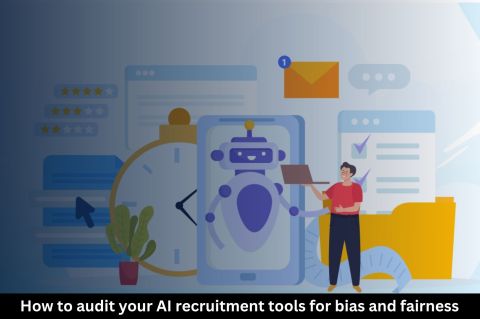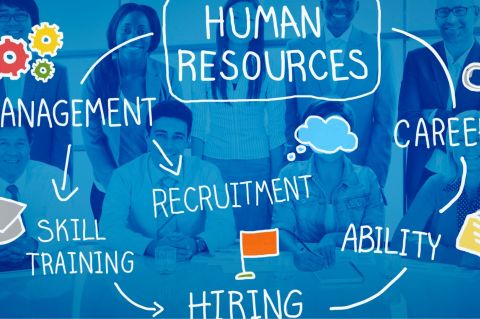How to audit your AI recruitment tools for bias and fairness
Artificial intelligence is changing the hiring process, but not without its share of hidden risks. If you are using AI Recruitment Tools for fair recruiting audit process, “decision”. It is worth taking a closer look at how these decisions take place. Algorithmic bias can cause reputational harm, in addition to compliance problems, if untampered algorithms accidentally perpetuate discrimination.
This guide demonstrates how you can evaluate your technology and address issues while upholding fair hiring practices.














